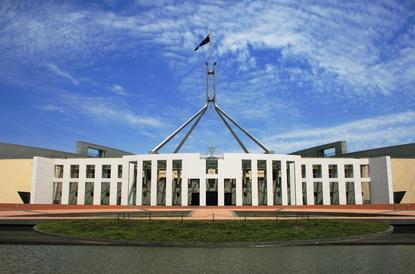NBN business case, regional rollout to be scrutinised
- 16 February, 2018 14:41

Parliament’s Joint Standing Committee on the National Broadband Network will put NBN’s financial forecasts under the microscope as one of two new inquiries.
The committee will examine the publicly owned company’s business model, including the competitive risks facing the “multi-technology mix” rollout model and “the Commonwealth’s accounting treatment of government debt/investment in NBN, and the prospect of future sale, in whole or part, of NBN”.
NBN has previously indicated that the growing popularity and capabilities of wireless services could potentially have an impact on its financials.
NBN has been kept off-budget by the federal government, which treats it as an investment. As a result, over the long-term it needs to generate a positive return for the government, which naturally flows through to the pricing decisions that NBN makes.
The second inquiry will examine the rollout of the new network in rural and regional Australia, including the performance of the satellite and fixed wireless technologies used for some portions of the NBN.
The committee will examine the adequacy of plans, service reliability and capacity issues in regional Australia. It will also look at planning, mapping and eligibility for satellite, fixed wireless and fixed line services and the provision of services in regional areas by providers other than NBN.
(NBN recently revealed that as of 30 November, nine of its fixed wireless towers were suffering unacceptable levels of congestion. Two were scheduled for upgrades late last year, with the remaining towers to be upgraded in February, March, June and July this year.)
The Joint Standing Committee on the NBN issued its first report in September 2017.
Among its key recommendations were that NBN complete as much as possible of the remaining fixed-line footprint using fibre to the curb (FTTC) or fibre to the premises (FTTP).
In addition to FTTC and FTTP, NBN’s current “multi-technology mix” approach employs fibre to the node (FTTN) and hybrid fibre-coaxial (HFC).
The report also called for “an independent audit and assessment of the long-term assumptions underpinning nbn's financial projections and business case as set out in the Corporate Plan 2018-21”.
The government rejected both recommendations.
In total it rejected nine of the committee’s 15 recommendations. The government said it supported the remaining recommendations in principle but argued that they were already being implemented in some form.
The government said it was “disappointed” that the report indicated “a failure to understand the fundamentals of the NBN.”
The committee’s two new inquiries are currently accepting submissions.
